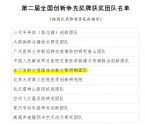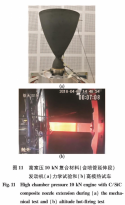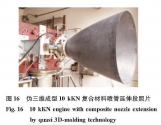If we believe what he says. I think he's pretty reliable but it would be good to track down the source he's quoting. The news should be pretty low key and unlikely to just straight up say "rocket casing for ICBM". For example Yankee once draw attention to this where one of the winning team was "large scale submerged launched solid fuel carrier rocket R&D team", hinting that this was the JL-2 team completing their development or achieving some big milestone:Going by the listing, 120 sounds like the lower end of what Topol's annual production is like, even going by Cold War terms. Of course, this is just ONE factory, and we don't know how many factories are producing ICBMs in China either.

If it's not pointed out such gems would be hard to find. We just need to figure out the key word for this piece of news.


